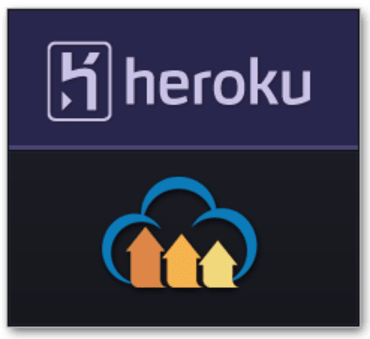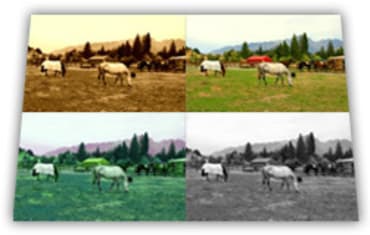UPDATE - Since this post was published, we have added a more advanced solution that allows delivering private and authenticated images to your users. See the documentation on Media access control for more details.
Different web applications have very different requirements when images are involved. A dating website will focus its image-related attention on normalizing and delivering his user uploaded snapshots. A pinterest style service is focused on retrieving external images from around the web and fitting them to its cool layout. An eCommerce website is focused on the effective delivery of the many product thumbnails it depicts.









